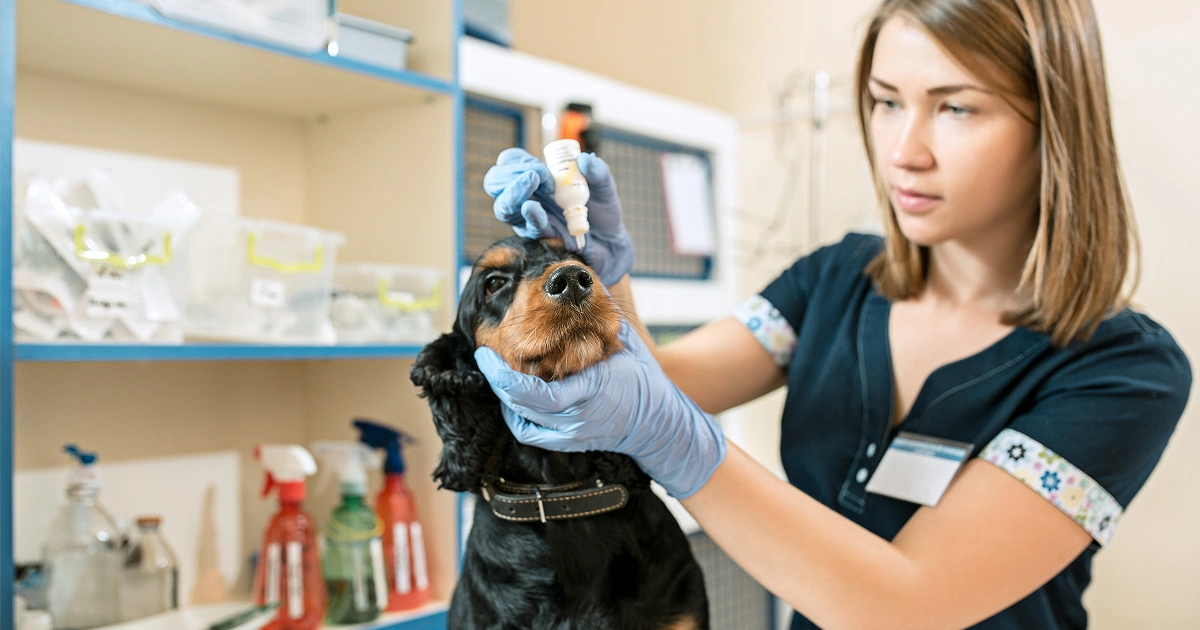
No one wants to think about their beloved pet becoming lost or stolen, but the truth is, it happens. It only takes a split second for your dog to dart off through a door left ajar or pull away on a leash that has gone slack. If you’ve recently moved, they may become disoriented and unsure of the way home. One of the best things you can do to protect your pet is to have them microchipped. Here’s why:
1. It is the responsible thing to do.
Just like you wouldn’t go out without identification, neither should your pet. You teach your children their phone number, address, parents’ names, etc., so they can relay this important information if you become separated, but your pet is unable to speak for themselves. Having them microchipped provides this information to others in a simple, easy way.
2. It adds an extra layer of protection.
Your dog should be wearing a collar with identification tags, but what if they slip out of their collar, someone removes it, or it becomes caught on something and breaks? Then they are left without any form of ID. However, microchipping is more permanent. The chip is only about the size of a grain of rice and is placed just below the skin near their shoulder blades. It won’t accidently fall off or become detached, and it doesn’t need batteries or charging to operate.
3. It is quick and relatively painless.
Because the microchip is so small, your dog (or cat) will barely feel it when it is inserted, and it causes no discomfort once it is placed. Chips typically range from $50-$100, though you can often find discounts or events where microchipping is done for a reduced cost. It is a simple process, but it can provide you with a sense of relief knowing your contact information is securely stored and available if your pet becomes lost.
How do microchips work?
The microchip uses radio-frequency to transmit information. Once it is inserted, you must go online and register the device to your pet. This is where you will put in all of your contact details and identifying information for your pet such as breed, coloring, and distinguishing marks. Make sure you use a device that is registered to a national database such as the American Animal Hospital Association LookUp.
If your dog becomes lost or separated from you and someone finds it, a veterinary office, animal shelter, or animal rescue just has to scan for the chip and your pet’s information will come up. Then they can contact you, and you can be reunited with your pet. The microchip is not a GPS device, so it cannot track your pet, but it can make your information easily accessible if they are found.
Take that extra step to protect your pet in the event that you are separated. And if your pet is notorious for escaping or getting into trouble when left alone, sign them up for doggie daycare or boarding at Lake Wylie Pet Resort for peace of mind while you are away. We’ll keep your dog safe and ensure they are well cared for. Contact us today to learn more!




